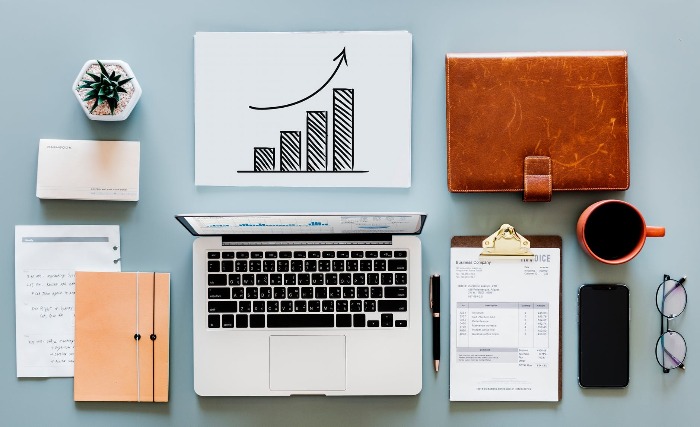If you’ve recently launched your e-commerce platform, you’re dealing with a lot right now. Hopefully, a whirlwind of new clients, plenty of orders to keep you busy. Plus, the excitement of running your own creative business. But what about the financial side of things?
Accounts, insurance, and VAT are some of the things that lots of business owners dread. But we can’t avoid thinking about them forever. Here’s the lowdown on VAT for your e-commerce business.
You might sell goods online through your own website or a marketplace like Etsy. Either way, you need to understand your VAT responsibility. But first of all, what is VAT? Value Added Tax (VAT) is a consumption tax which is added to goods and services.
This means that unlike some other taxes, consumers pay it, rather than the business. If you sell your products to customers within the EU, you might have to charge and collect VAT. This depends on a few factors, though.
In principle, VAT applies to most commercial activities. However, if your annual turnover doesn’t meet a certain threshold, you might not have to charge VAT. The threshold in the EU varies between different member states, so it’s worth looking into.
In the UK, it’s £85,000 over a rolling 12-month period. If your online business is taking off and you find yourself over the threshold, you must register for VAT. Once you’re registered, you may also be able to claim back VAT on items you have purchased from another company.

There is no real difference between selling goods online or having a physical shop when it comes to VAT. However digital goods and services, like e-books, are covered under separate regulations. Most items are charged at the standard rate of 20%. Certain items are exempt from VAT altogether.
Others are subject to a reduced rate, or are zero-rated. This is sometimes complicated. For example, most food and drink is zero-rated. However, items like confectionary, alcohol and takeaways are charged at the standard rate.
So how do you keep on top of VAT? Some accountants specialise in VAT, so you might want to look into this option. If you run an online business, you may already be using accounting software. This can help you keep on top of your taxes and track what you charge.
You can also use digital VAT software to automatically generate your VAT returns and submit them online. In the UK, for example, HMRC has recently overhauled the reporting process to make it digital. Businesses are now required to submit their returns through approved software. They must also digitize their records.
As a business owner, you’ll know how important it is to get your taxes right. Ensuring compliance and keeping the necessary records can make or break your business. It’s easy to get bogged down in the complexities, particularly if you’re selling internationally. So if you’re not sure, speak to an accountant.

